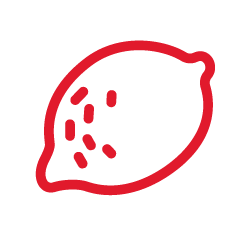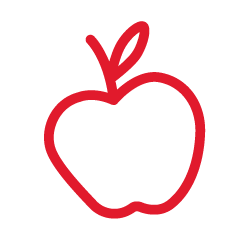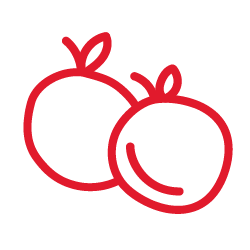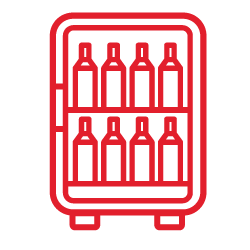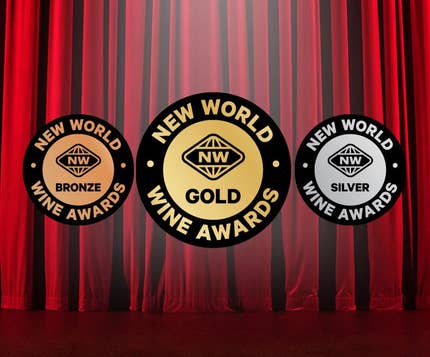Guide to Chardonnay
It might surprise you that this dry white wine ranges hugely in flavours, from vibrant and crisp to creamy, rich and buttery. Shop the right style for you.
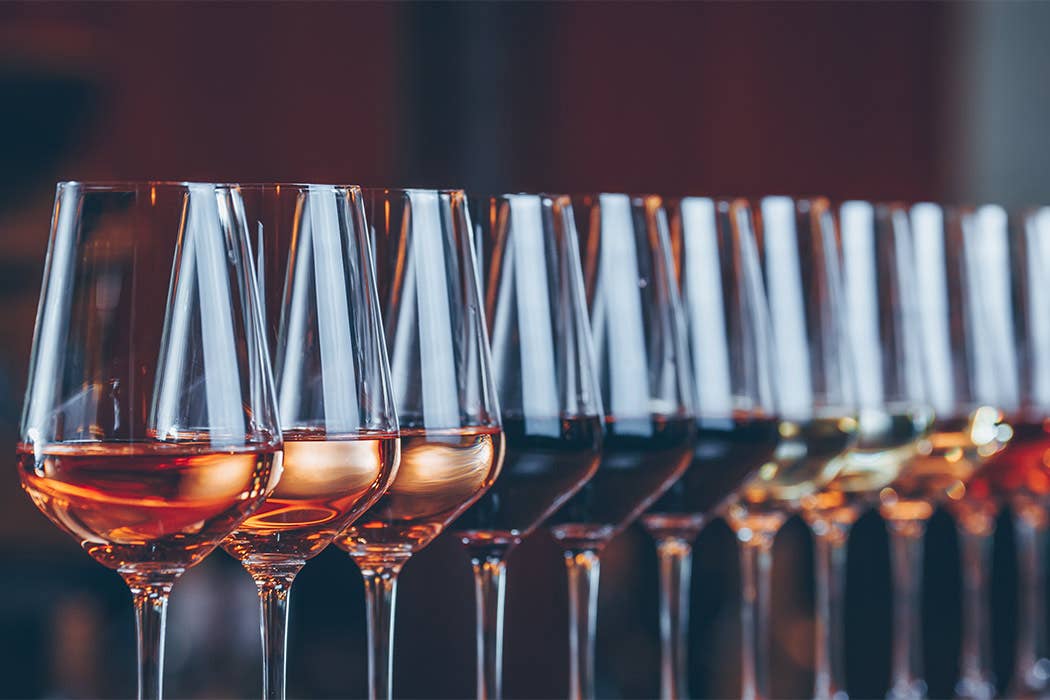
Chardonnay styles can sometimes divide opinion. Flavours at one end of the scale can be rich and buttery, loved by many but too bold for others.
The great news is that if you don’t like one style you might enjoy another.
Oak-aged Chardonnay gives you that creamy, buttery, rich taste while unoaked Chardonnay provides a lean and dry, mineral-rich flavour.
Take a look at our helpful guide before picking your style.
Chardonnay flavours, taste and tips
Citrus | Green apple (Unoaked) | Stone fruit (Unoaked or oaked) | Buttery/tasty (Oaked) |
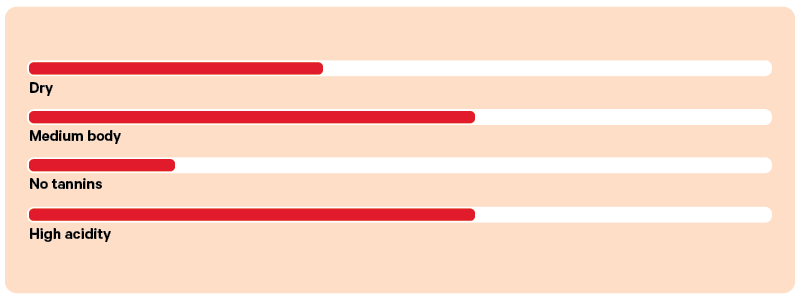
Storing and serving
|
|
|
Before opening: | Once opened: | Serving: |
| Keep away from direct sunlight at a stable, cool temperature. Top-quality Chardonnay will improve if kept for 2 to 3 years before drinking. | Store in the fridge and drink within 3-5 days. | Chill in the fridge 30 mins before serving (tip: remove 10 mins before serving). |
Chardonnay average nutrition in 150ml glass (1 serving)
Alcohol 13% | Calories 120 Calories | Sugar less than 1g | Carbohydrates 3.8 grams |
How much do I spend?
Spending $25 to $40 is generally recommended if you’re looking for a well-balanced Chardonnay, full of flavour. But there are many drinkable options for less than this too. If you go over $40, you will find exceptional quality and ageing potential. Read our wine pricing guide for more.
What's a good Chardonnay to buy?
1 / 0
Do I buy oaked or unoaked Chardonnay?
Here are some of the key differences.
Oaked Chardonnay | Unoaked Chardonnay |
| Flavours include caramel cream, smoke, spice, coconut, cinnamon, cloves, and vanilla. | Natural flavours of the grape come through in each sip (no bold, creamy oak flavours). Grapefruit and apple dominate in wine grown in cooler weather. In warmer climates, expect pineapple and tropical fruits. |
| The oak adds colour. When young, they’re oily golden-yellow with a greenish tint (much deeper than unoaked, same age). | Younger unoaked Chardonnay will be pale yellow with a green tinge. |
| As the wine ages, it will lose the greenish hue and deepen. | As they age, it will be deeper yellow. |
Chardonnay compared to other wines
Body:
Chardonnay ranges from medium to full-bodied, often with a creamier texture, especially when oak-aged. Sauvignon Blanc is light-bodied, crisp, and refreshing.
Acidity:
Chardonnay has moderate to high acidity. Sauvignon Blanc is highly acidic, giving it that sharp, zestiness.
Dryness/sweetness and taste:
Chardonnay is usually dry, with flavours of citrus, green apple, tropical fruits, and buttery or oaky notes when aged in barrels. Sauvignon Blanc is also dry, but in contrast, it’s citrusy, with bright flavours like lime, grapefruit, and herbal or grassy undertones.
Learn about Sauvignon Blanc
Chablis is a style of Chardonnay from France. It’s worth trying alongside New Zealand Chardonnay styles to show the huge range of differences this varietal can have.
Body:
New Zealand Chardonnay can range from medium to full-bodied, often with a creamy richness, especially if oak-aged. Chablis is typically light to medium-bodied and known for its lean, crisp character.
Acidity:
Local Chardonnay has moderate to high acidity (depending on the winemaking style). Chablis has high acidity, and a sharp, clean feel.
Dryness/sweetness and taste:
Kiwi Chardonnay is usually dry, with flavours that range from citrus and green apple to tropical fruits, and with those oaky or buttery flavours if aged in barrels. Chablis is always dry, with pure, citrus flavours.
Body:
Chardonnay ranges from medium to full-bodied and is creamier and rich when oak-aged. Riesling is light-bodied, with a crisp feel in comparison.
Acidity:
Chardonnay has moderate to high acidity, which varies depending on the style. Riesling is known for its high acidity, giving it a bright, zesty finish.
Dryness/sweetness and taste:
Chardonnay is dry, with flavours of citrus, green apple, and tropical fruits, along with buttery or oaky notes when aged. Riesling can range from bone-dry to sweet, with flavours of citrus, green apple, and floral notes. Riesling is much lighter and more aromatic.
Learn about Riesling
Body:
Sparkling Chardonnay is medium-bodied, with a creamy texture and smooth bubbles. Champagne, made from a blend of grapes (often Chardonnay, Pinot Noir, and Pinot Meunier), can range from light to medium-bodied, with finer bubbles and therefore more pop!
Acidity:
Sparkling Chardonnay has moderate to high acidity, providing a crisp, refreshing taste. Champagne has higher acidity, offering a zestiness that balances the bubbles.
Dryness/sweetness and taste:
Sparkling Chardonnay is usually dry or off-dry, with flavours of citrus, green apple, and sometimes buttery or toasty notes if oak-aged. Champagne is also typically dry (Brut), with bright citrus, apple, and yeasty, toasty flavours. Sparkling Chardonnay is often creamier, while Champagne has more complex, refined flavours.
Body:
Chardonnay is medium to full-bodied, and rich and creamy especially when oak-aged. Prosecco is light-bodied, with a crisp, refreshing mouthfeel and of course, those lovely bubbles.
Acidity:
Chardonnay has moderate to high acidity, which can range from crisp to rounded depending on the style. Prosecco has high acidity, giving it a bright, zesty, refreshing feel when you sip after a toast.
Dryness/sweetness and taste:
Chardonnay is usually dry, with flavours of citrus, apple, and tropical fruits, sometimes with buttery or oaky notes if oak-aged. Prosecco can range from dry to sweet, with flavours of apple, pear, and floral tastes.
Prosecco is lighter, fruitier, and a sparkly favourite for parties. Chardonnay tends to have a better range for pairing with food.
Which food does Chardonnay pair well with?
Young Chardonnay is a perfect match with most seafood dishes like scallops, crab, crayfish, lobster, white fish and salmon. Mature Chardonnay with its complexity, richness and more gentle palate will suit richer dishes with savoury flavours like chicken, veal and rabbit, and dishes that include cream, cheese and garlic. Chardonnay is also good with savoury desserts like poached fruit, but not with Chocolate. Avoid serving Chardonnay with spicy chilli or bitter dishes, so care must be taken when matching with Asian, Indian and Middle Eastern dishes.Read our food pairing guides for more.
Chardonnay cheese pairing
When matching cheese with Chardonnay you need to be mindful of the level of oak in the wine. For unoaked wines match with soft white mould cheese such as Camembert or a soft fresh goats cheese. Oaked Chardonnay suits fuller flavoured cheeses such as hard cow's milk cheeses, old and tasty Cheddars, soft creamy blue cheeses such as Gorgonzola and harder blue cheeses such as Shropshire Blue.Read our guide to matching wine and cheese.
Chardonnay FAQs
Oaked Chardonnay grapes (without skins) are fermented in oak barrels. As the fermenting yeast dies it forms a sediment. Stirring it gives the wine a richer, creamy texture.
The answer lies in chemistry. Chardonnay gets its buttery flavour mainly from a winemaking process called malolactic fermentation, where tart malic acid in the wine is converted into softer lactic acid.
This process creates a smooth, creamy texture and releases compounds like diacetyl, which offers that distinct, buttery taste.
Ageing Chardonnay in oak barrels will also contribute to what experts describe as a rich and complex buttery flavour.
Here are some general rules:
1. Unoaked Chardonnay: Enjoy within 1-3 years. These wines are usually fresher and more vibrant, and don’t benefit much from ageing.
2. Oaked Chardonnay: Can be cellared for 3-5 years, and sometimes even longer, depending on the quality of the wine. The ageing process can develop more complex flavours, such as toasted oak, vanilla, and buttery notes.
3. Premium Chardonnay: Some premium Chardonnays can be cellared for 5-10 years or more. These wines tend to develop more nuanced flavours and complexity.
Yes, you can cook with Chardonnay—it’s delicious and versatile.
Here are some ideas:
1. Sauces: Use Chardonnay to create flavourful sauces, such as a white wine sauce for chicken or seafood. Think risotto, soups, and stews. The wine will add depth and richness.
2. Marinades: Chardonnay can be used as a base for marinades, especially for poultry or seafood, adding a subtle fruity note.
3. Deglazing: Use it to deglaze the pan after searing meat or vegetables, which helps lift caramelised bits and infuses flavour, so you can pour it over your final dish.
When cooking with Chardonnay, choose one you enjoy drinking, as the flavours will concentrate and contribute to the food.
Read our food pairing guides for more
History of Chardonnay
New Zealand Chardonnay is now the third most planted variety in New Zealand. Every local wine region produces it, with the biggest plantings in Marlborough, Hawkes Bay, Gisborne, Nelson and Auckland.
It was first planted at the Te Kauwhata Viticultural Research Station in 1951. Chardonnay grapes were eventually planted widely and are often mixed with other varietals such as Pinot Noir.
One of the early adopters was Mate Brajkovich of San Marino Wines, now run by his sons and renamed Kumeu River Wines in West Auckland.
Chardonnay likely made its way to France thanks to the Romans, and it’s thought to be a blend of two grape varieties, Pinot Noir and Gouais Blanc.
In the 1970s and 1980s, Chardonnay became popular in the USA, especially the big, buttery, oak-aged versions from California. This was partly because of a famous wine tasting in Paris in 1976, the ‘Judgement of Paris’.
At the event, top French wine judges, tasted Californian and French wines without knowing which was which. The surprise winner for the white wines was the Californian Chardonnay, Chateau Montelena. This shocking result put Californian wines on the map.
